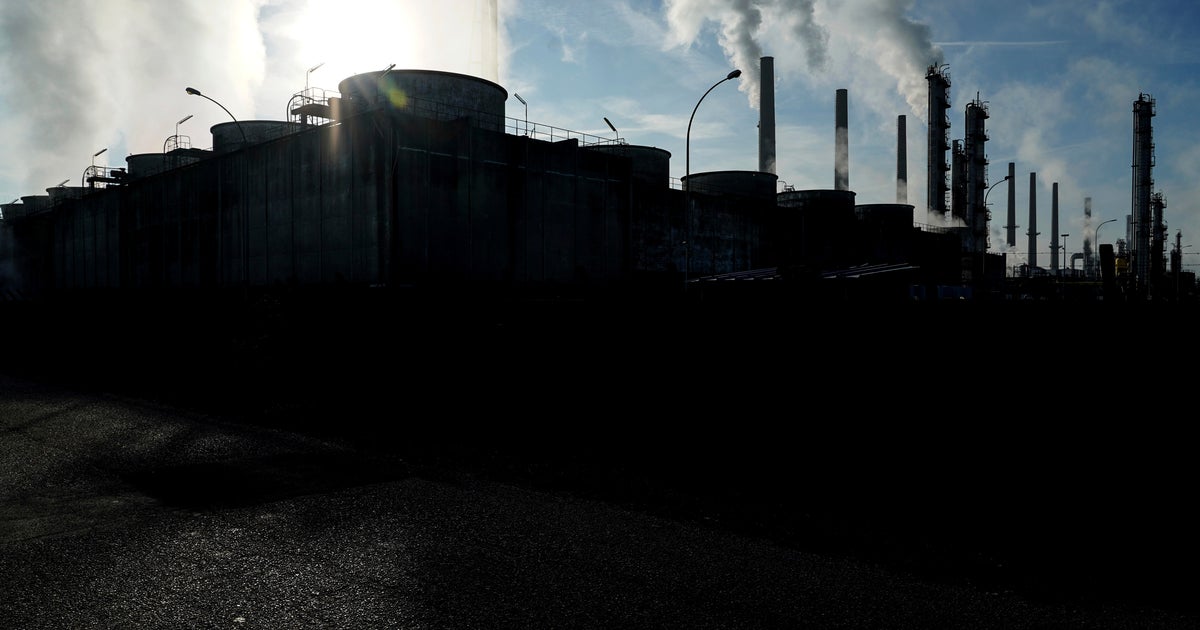200 reindeer starved to death in Norway and scientists say climate change is to blame
More than 200 reindeer carcasses have been found in the Norwegian archipelago of Svalbard this year, and researchers are blaming climate change. According to scientists in the region, the reindeer starved to death due to a particularly harsh winter.
Scientists at the Norwegian Polar Institute (NPI), Norway's government institution for research and environmental management, spent 10 weeks investigating the population. They said a rainy season early last winter led to more reindeer deaths than usual, because when winter rain turns to ice, reindeer are unable to dig for food.
A relatively large number of calves were born last year, which only made matters worse. "The animals starve and can die and it is the youngest and weakest animals that succumb first," the institute said.
NPI has been mapping wild reindeer on Svalbard, a collection of Norwegian islands just 800 miles from the North Pole, since 1978. "Never before have they seen so many carcasses at once," Norway public broadcaster NRK said.
Scientists fear the reindeer deaths are just another sign of rapid climate change in the region. "It is scary to find so many dead animals," researcher Åshild Ønvik Pedersen told NRK. "This is a terrifying example of how climate change affects nature."
It is not uncommon for reindeer to die of starvation in the winter. But the number of deaths and food shortages are alarming. "Some of the mortality is natural because there were so many calves last year," Pedersen said. "But the large number we see now is due to heavy rainfall, which is due to global warming."
Reindeer can dig through snow for food, but not ice. So, during a typical snowy season, most of the reindeer population does not suffer. But a milder climate has led to more rain than snow, followed by more ice and less access to food, Pedersen said.
According to NPI, Svalbard has been disproportionally affected by climate change, which has had major consequences for animals native to the region. According to the National Oceanic and Atmospheric Administration's Arctic Report Card for 2018, the region has been warming at twice the rate as the rest of the planet in recent years.
And climate change isn't the only threat to Norway's reindeer population. In 2017, freight trains killed more than 100 reindeer in the Helgeland region over a three day period. In 2016, more than 300 wild reindeer were killed by lightning in central Norway.
After being severely depleted by hunting in the early 20th century, the population of reindeer in Norway has significantly recovered since becoming a protected species in 1925. But climate change threatens to reverse the work that has been done.
Reindeer can be found in almost all non-glaciated areas of the archipelago, according to NPI. According to the National Oceanic and Atmospheric Administration's Arctic Report Card for 2018, caribou and reindeer populations have declined 56 percent over the last two decades.
NPI estimates the population of Svalbard reindeer to be somewhere between 400-1,200, while the total reindeer population for all of Norway is estimated to be around 220,000.




